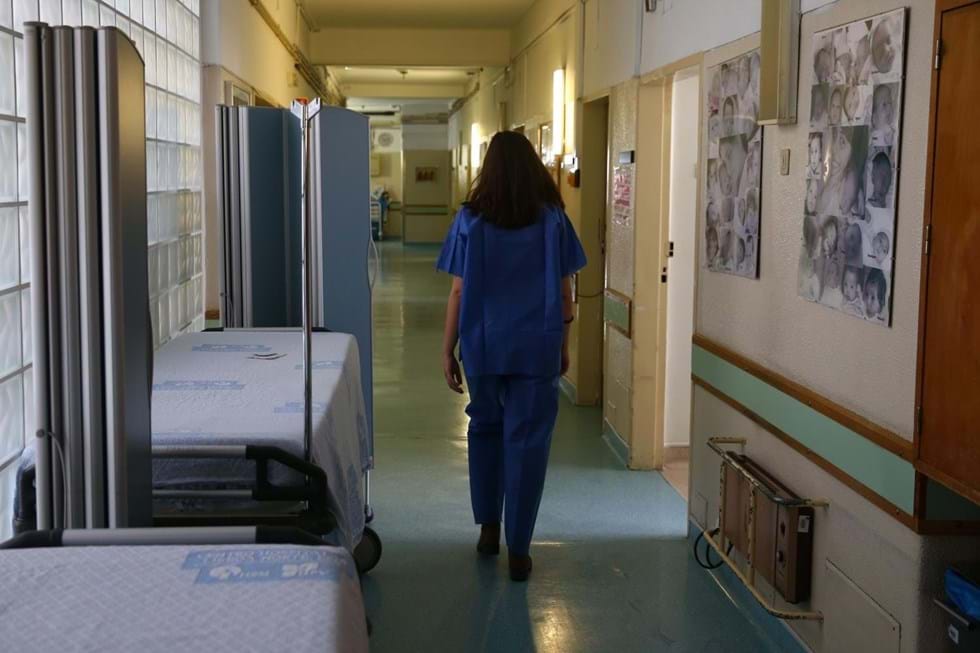The technical efficiency of public hospitals has declined, especially since 2017, according to an analysis published Friday by Banco de Portugal in its journal Economic Studies.

Pedro Catarino / Covina Media
The study uses Data Envelopment Analysis (DEA) tools “to evaluate the technical efficiency of a representative team of 22 Portuguese public hospitals in the period from 2012 to 2022”, and according to the authors, “based on different estimated models”, the data show a continuous decline “especially since 2017”. The results for each hospital reveal “a high continuity of those constituting the efficiency frontiers each year and a general decline in efficiency metrics”, which can be read in the published study.
“In Portugal, hospital spending has been steadily increasing over the past two decades,” notes the study, by Claudia Braz, Sonia Cabral and Leonor Cunha, a trend that is “largely due to the growing role of private hospitals, half of whose expenditure is currently financed by the state.”
However, this investment does not lead to increased efficiency, quite the opposite. According to the authors, “potential shortcomings include long waiting lists for medical procedures or a shortage of doctors in the public sector, as well as perceived budget shortcomings and centralized control.”
DEA is a technique that evaluates “hospitals’ performance relative to their peers, without considering the influence of external factors or quality effects” and includes various criteria, from “staff expenditures, intermediate consumption and number of beds” to “consultations, emergency cases, surgeries and hospital discharges”.
“The results obtained in this study are consistent with previous empirical research, indicating significant shortcomings and wide dispersion in efficiency outcomes across hospitals,” the authors say.
In the ranking, the study concluded that the average effectiveness decreased from 0.85 points (in the ranking determined by the authors) in 2012 to 0.8 in 2022, an indicative decision of 5.9%.
This “decrease in average hospital efficiency has been more pronounced since 2017” and “although there has been a continuous increase in the allocation of financial resources from public administrations to hospitals and medical services in Portugal, there is a tangible improvement in efficiency and some dissatisfaction among the population is visible”, the authors conclude.
“The social network system budgeting process lacks central control and is constantly underfunded, despite the introduction of software contracts in 2003,” the accumulated deficit between 2014 and 2022 reached 2.5% of GDP, over the same period. Capital equivalent to 2.3% of GDP has been injected into hospitals.
Of the total number of hospitals studied, according to the analysis model, technical efficiency has only partially improved in three (Centro Hospitalar Baixo Vouga, Hospital Espírito Santo de Évora, and Centro Hospitalar Trás os Montes Alto Douro).
Among the group of hospitals considered effective, there are three hospitals that have been classified as such and remain in the same category: Entre Douro e Fuga Hospital Center, São João University Hospital Center, and Santa Maria Maior Hospital (Barcelos).
Related Articles

